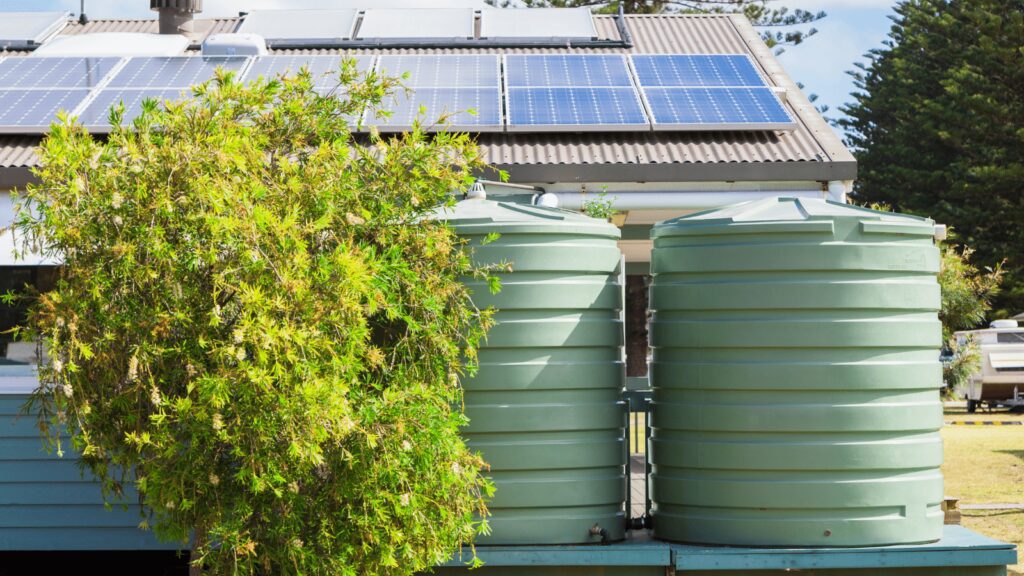Solar pumping : a cheaper and cleaner way to access groundwater.
Millions of people around the world live with limited access to water. In many communities, ground water is extracted through electric water pumps, which use diesel to fuel their systems. However, these systems not only require costly, regular servicing and the purchasing of fuel, they emit carbon dioxide polluting the atmosphere.
Solar Water Pumping, or photovoltaic water pumping (PVP), provides an alternative. After years of research and technological advances, it has proven to be operationally, financially, and environmentally sustainable. In recent years, the cost of solar technology has dropped tremendously. Prices for the solar panels used in these systems have dropped up to 80%. In addition, these panels last around 25 years, requiring little maintenance throughout this time.
1. Solar electric panels convert sunlight into electricity
Many communities around the world have limited access to water. To reach deep groundwater reserves, diesel generated electricity is used in rural villages to power electric water pumps despite its high maintenance and diesel fuel requirements. Solar photovoltaic pumping systems offer a financially and environmentally sustainable source of power and can significantly reduce the cost of water extraction for rural communities.
RELEVANT SUSTAINABLE GOALS




2. The electricity control box (power conditioning)’conditions’ the electricity for the pump motor
Many of the solar pumps require a controller if they are to be powered directly by PV modules (without batteries). Solar pump controllers optimize the solar water pumping system by translating the current and voltage available from your photovoltaic panels, into a combination that is better matched to that needed by the pump.
Solar Pump Controller is equipped with inbuilt MPPT and VFD. MPPT helps to track maximum power point from PV modules. Variable Frequency Drive helps in seamless operation of motor under various weather conditions.

3. Electricity drives the motor and the pump
A typical solar water pumping system contains the following equipment: a solar array, which converts sunlight into electricity; system controllers, which control the array and the pump; an electric motor, which drives the pump; and a water pump, which moves the water from a source to its delivery point.
The most widely available motor for industrial purposes is the “squirrel cage induction motor”. This product has low manufacturing costs, robust construction, adaptability to submersible and flameproof applications, and its ability to accept a wide range of voltage / power ratings.
4. Water is pumped into the tank and feeds the community using gravity
AWhile the initial acquisition of equipment is more costly than other pumping alternatives, the operation and maintenance costs are low. Particularly compared with diesel pumping, solar is not only more energy efficient, but with a lifespan of over 20 years, the financial benefits vastly outweigh the costs.
All pumps must be protected against lack of water. The lack of water occurs when the pumping rate is greater than the capacity of the well, for example in the dry season or in case the slots of the well screen are clogged. Once the system is up, running, and secured, long-term maintenance is critical. This includes warrantees on equipment and maintenance contracts to ensure the water keeps flowing clean.
5. Ready For mainstreaming ?
Even though solar water pumping is ready for mainstreaming and has started to take off in some parts of the world, its benefits remain largely unknown to communities, governments, and development institutions.



